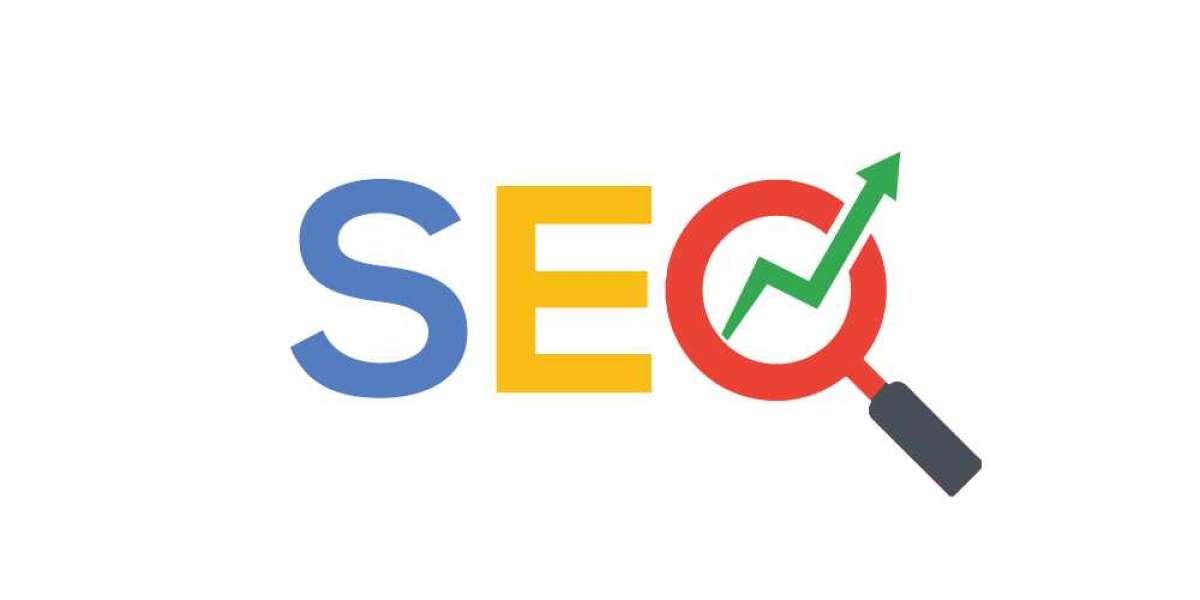In the present time of a fast-moving world, it is necessary to make quick, correct, and intelligent decisions. Whether it be the carrier choice, investment process, or any other decision, it has to be quick but with alertness. In all these situations, financial data visualization is beneficial to make informed choices on which you can rely. The main difficulty, though, lies in translating the vast amount and complexity of available financial data into insights that can be implemented. In all these situations, financial visualizations are helpful. This article will assist you in exploring the power of visualization in finance and how this can transform raw data into practical information. So continue with us till the end to grab all the reports.
Significance of Data Visualisation
In simple terms, data visualization is an illustrated display of information or data. In order to display this, you can use modern charts, graphs, or any other visual patterns. This sounds interesting, right? Also, this is the best way to skip the traditional display of the data, that is, staring at the spreadsheets or numbers.
.jpg)
What is the purpose of using these graphs and charts?
In general, this data visualization aims to make the information easy to understand and to get a quick brief of any of the long datasheets. In addition to that, this is also an exciting way to get a summary of any significant detailed info. It makes patterns and trends easier to spot that might need to be more noticeable when looking at rows and columns of data. Data visualization makes it easy to see what's functioning well, what isn't, and where you could improve. The target audience, the intended results, and the financial data that is being displayed must all be carefully taken into account for effective data visualization.
How does finance data visualization Impact?
It has the potential to help individuals and organizations to unlock any of the big data in one glance. Now, let's explore a few essential domains where financial data visualizations are highly influential.
Accurate Decisions
- Trends and Patterns: When working with numbers alone, trends and patterns that could be hidden can be seen with the help of line graphs, bar charts, and heatmaps. It can be essential to identify these patterns to comprehend market dynamics or evaluate investment opportunities.
.jpg)
- The Human Advantage: By presenting financial data in visual forms, data visualizations simplify complex data sets and allow for quicker, more intuitive decision-making
Checking the Performance Level
- Portfolio Analysis: Data visualizations are handy tools for investors and fund managers to track the performance of their portfolios. Real-time updates from interactive dashboards can help them make timely adjustments.
- Benchmarking: This helps investors measure how well their investments achieve relative to their market indices. Differentiating a portfolio's performance from relevant benchmarks is created more easily through visual presentations.
Risk Managing
- Visualizing Risk: Risk management is a direct concern because financial markets are risky. By displaying data in a way that draws awareness to possible hazards or areas of concern, data visualizations can assist in identifying and evaluating risks. Scatter plots, for instance, can help with diversification strategies by highlighting correlations between assets.
- Stress Testing: Stress testing scenarios can also make use of visualizations. Financial experts can better judge how to safeguard investments during challenging times by modeling various economic scenarios and imagining their effects on portfolios.
Economic Forecasting
- Scenario Planning: By creating visual representations of various scenarios, financial institutions can prepare for different economic outcomes. This can be crucial in developing strategies to mitigate potential risks.
- Historical Data Analysis: People need more time to look at the massive past data and then transform that into forecasts through data visualizations. The help of visualizations allows economists and analysts to make more precise predictions about future economic trends.
Wrapping it up
The above information has highlighted that visualizations of financial data are essential resources for individuals and institutions operating in the financial sector. This enables decision-makers to effectively handle risk, monitor performance, process complex data, and forecast the economy. Data visualizations are vital in guiding investment decisions, assessing market trends, and eventually achieving financial success by transforming raw financial data into easily understood visual representations. The capability to use data visualizations will be even more influential as the financial markets continue to change to stay in this fast-paced, cutthroat industry.







